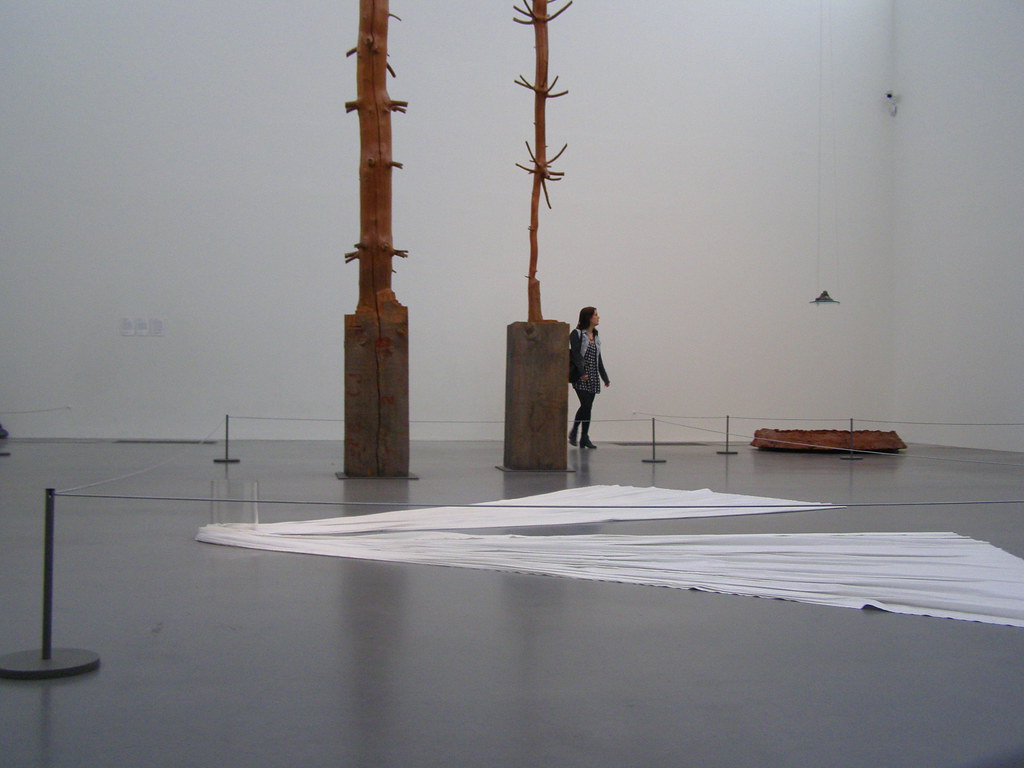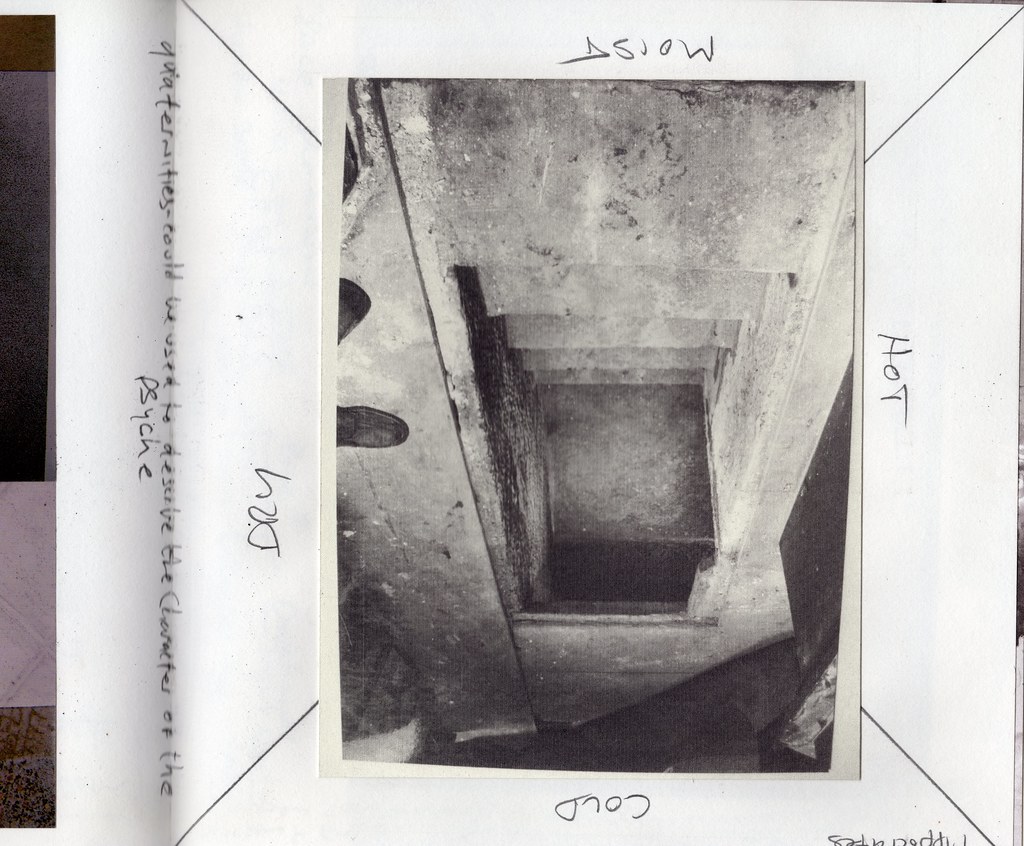Momentum Wheel : Lucie Rie Installation.
Clay/Ceramics as a concept to a way of thinking.
Speculative Tectonics : A Poetic of Construction.
The Clay can take to the mould and mould the clay.
Simondon, took the essence of matter or the material to lie in form-taking-activity.
Brian Massumi. 2009.
Clay Works --- In and Out of material : Clay plays the stone, the stone plays the clay
Tony Cragg
IN AND OUT OF MATERIAL
Demonstration
Tony Cragg : I basically mean the effectiveness of the object, of the material. But because the metaphysical and physical association are already occupied, I'm interested in somehow establishing some relationship with the materials and the things around me without using any preconceived notions of an already occupied language. It is a bit like taking away a Christian name and depersonalising something. What I mean is that it's an attempt on my side to restart the relationship with the material, which I think sculptors have to do anyway.
Jon Wood : Thinking of the increased awareness that this side of your work tries to capture and harness in the viewer, can you say a bit about the kind of sensitivities that you would like to be heightened? What would you see your work as demonstrations of and for? Your sculptures are triggers for what kind of thinking?
Tony Cragg : Well there is an attitude to looking at things and to looking at objects and materials which is based on a meditative tradition of contemplation : the universe in a grain of sand idea, or maybe even religious ideas where you actually get in contact on some level with the material world, on a deeper level than the one you obviously are capable of reaching in an everyday situation, so on an extraordinary level, outside of your own experiences.
I am not saying that that's not interesting or important. But I also think that this leaves the battleground for the everyday life to be governed by non-contemplative thought and non-meditative thought. And this may sound like a mixture of terms, but I think that there is a job to be done even on an everyday, “second for second” level of life—on the experiential level of life. I think there is a job to be done here improving the quality of contemplation about an awareness of the material world—the material world seen as an immediate extension of the communal social effort, the cultural effort that you are part of.
Jon Wood : How does it move from being an individual contemplative experience to being one that has a communal relevance?
Tony Cragg : In the main part it only has communal relevance. All you can do for yourself is formulate your sentences, cook yourself a meal that suits you, get dressed in a fashion that suits you, and everything else you have to put up with as having been made by other people for you. But obviously, even if they didn't ask your permission, there's something consensual about that, isn't there? Even though you don't like it, it doesn't look like you're making an effort to change it. And maybe there's some active thing there. My idea is that even if I don't like it, I wouldn't be able to change a great deal of it, but I could sow the seed for some change in the direction that I would feel would be important. It's a measure of how much responsibility one takes for the change. Looking for more in the visual world around me and looking for more language, in a sense, is one way of heightening sensibilities and expanding a vocabulary and then expanding the responses to a vocabulary is a way of heightening sensibilities. I'm not a politician, but I think we still live in a world that is greatly dominated by mesmerism and mystical models, which are very distracting because they actually stop us from really trying to face reality.
Realist Magic
Objects, Ontology,
Causality
Timothy Morton
Clay Work : Visceral Practices
https://www.flickr.com/photos/russellmoreton/Pastoral Space: Material, Inquiry and Craft.
Longshore drift is a geographical process that consists of the transportation of sediments (clay, silt, sand and shingle) along a coast at an angle to the shoreline, which is dependent on prevailing wind direction, swash and backwash.
This process occurs in the littoral zone, and in or close to the surf zone.
Material Agency : Carl Knappett, Lambros Malafouris
Visualising Environmental Agency.
"Agents are defined as persons or things, which have the ability and intention to "cause" something "in the vicinity" or "in the mileau" to happen ( Gell 1998)"
"These latter artefacts are described with the term "index", to remove the appellation "art" and to imply that they are indexes of agency."
Some Stimulating Solutions, Andrew Cochrane.
Tectonics in architecture is defined as "the science or art of construction, both in relation to use and artistic design." It refers not just to the "activity of making the materially requisite construction that answers certain needs, but rather to the activity that raises this construction to an art form." It is concerned with the modeling of material to bring the material into presence: from the physical into the meta-physical world.
http://dspace.mit.edu/handle/1721.1/78804
Situate them in such a way that useful space for life may form itself amidst them.
Kazimar Malevich 1924
Zaha Hadid on Malevich • BBC CH/4
Template and Form 2010.The Yard,Winchester.
Modern information theory claims that both the clay and the mould are engaged with matter and form. The clay is in a metastable state that possesses potential energy, unevenly distributed, but capable of effecting a metamorphosis. This quality of the clay is the source of its form. The mould places a limit on the expanding form of the molecular organisation of the clay as it fills the mould. The mould does not form the clay passively, but communicates a resonating action throughout the clay that alters the clay's molecular organisation.



















.jpg)


.jpg)































